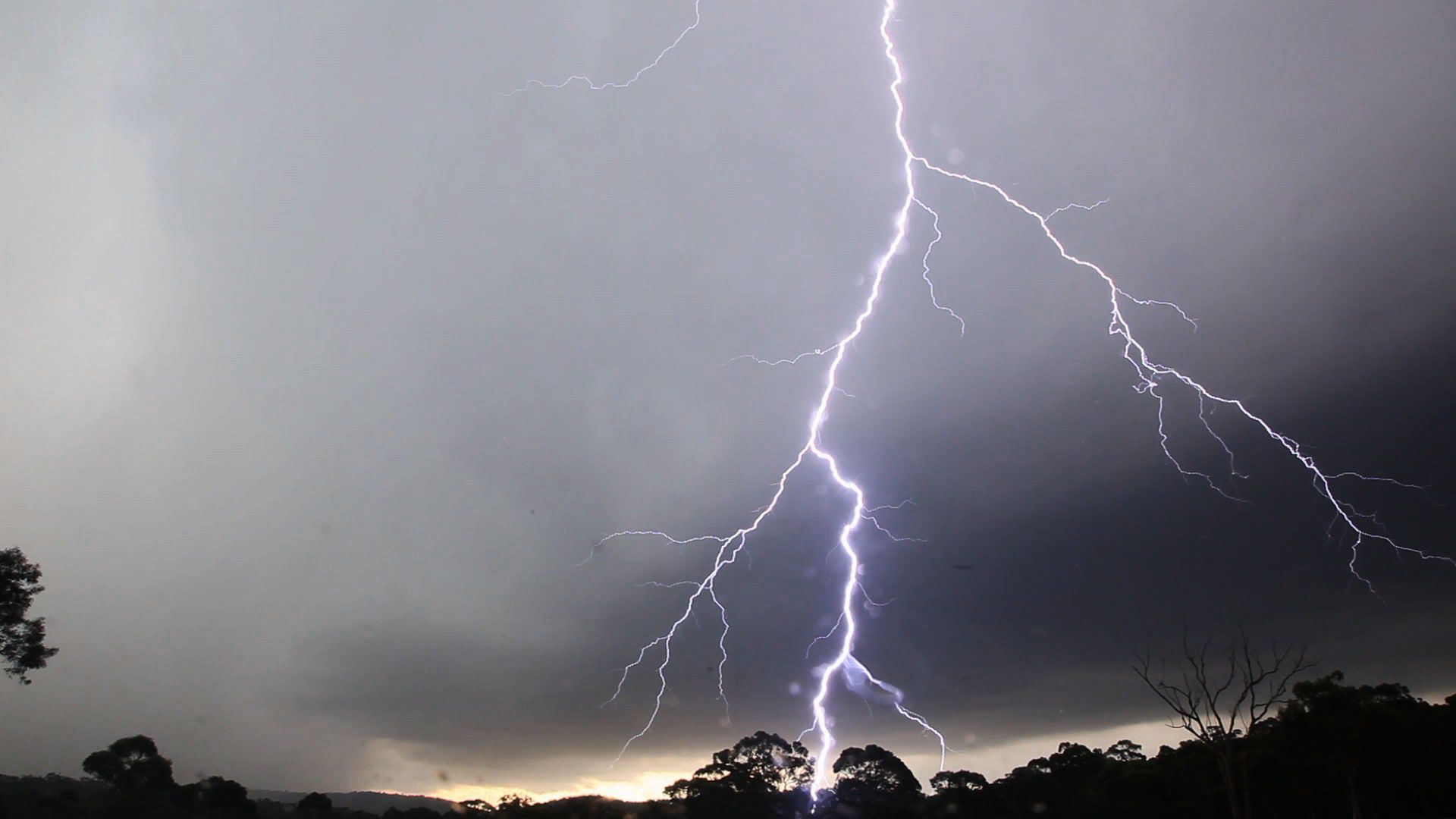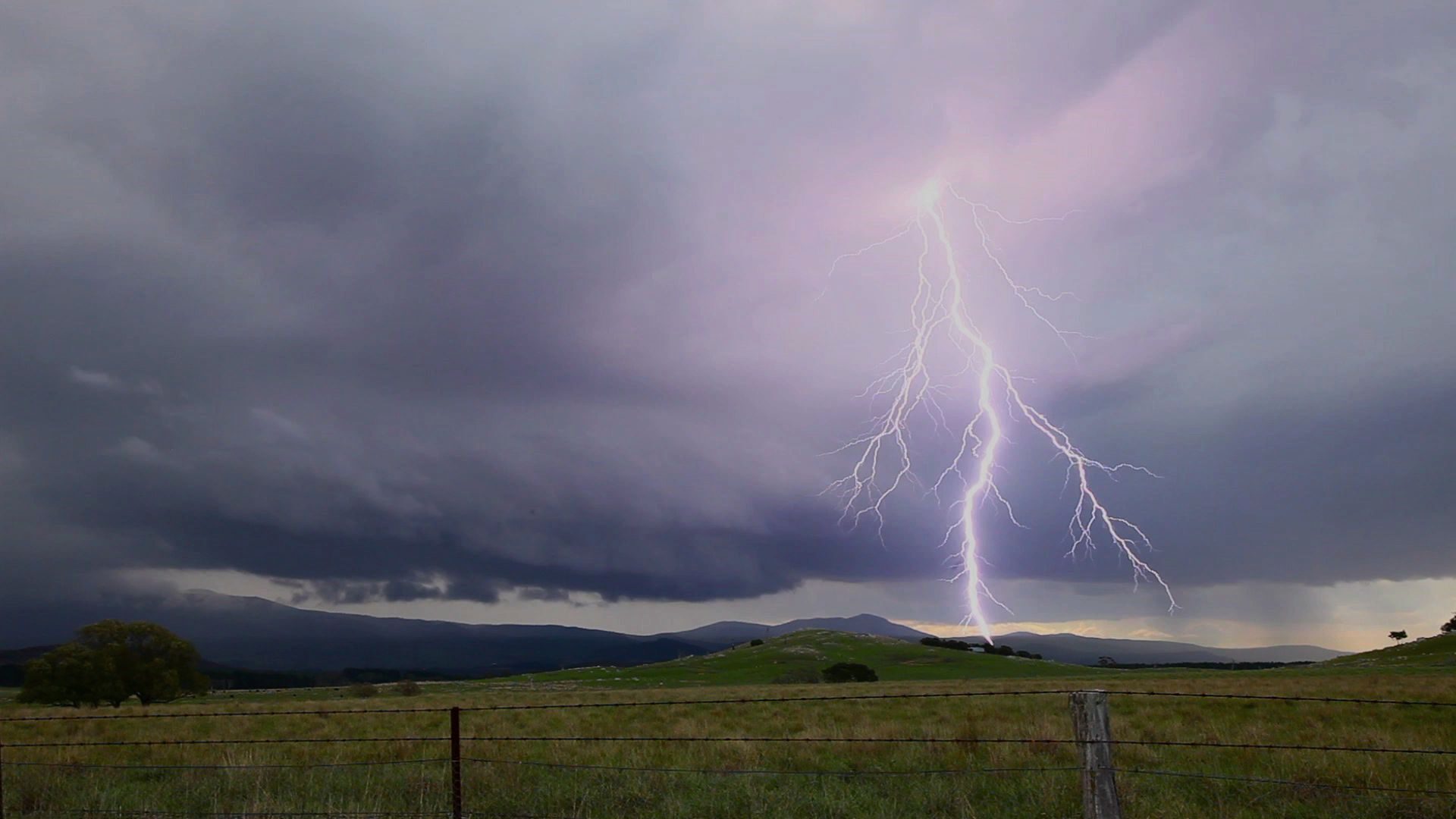Storm Chasing History
Unlike other areas of science, storm chasing history is relatively short even with respect to the science of meteorological forecasting. Branching out from the specific needs to forecast severe thunderstorms producing tornadoes, it was soon realised that obtaining data in the field was the only way to provide clues to the micrometeorological processes taking place within organised thunderstorms in particular.

Initially, there were few storm chasers - namely David Hoadley and Roger Jenson, both of whom were from North Dakota - an area which is part of Tornado Alley. Both chasers developed a significant archive of photographs and storm chase reports that represented significant beginnings of storm chasing. Neil Ward however began to make use of the Oklahoma highway patrol to relay information for warnings using their communication network.
The "The Tornado Intercept Project" held in 1972 was the first group project to track tornadoes and reporting important scientific data with several tornadoes being intercepted. The NSSL chase teams were able to assist in correlating and confirming specific doppler radar signatures.
In the early 1980's, Howard Bluestein with creative thinking made significant scientific advances in the methodologies to collect scientific data through the use of doppler radar information. At first, TOTO was developed - a container with hundreds of sensor devices that theoretically be picked up when TOTO was deplyed in the path of the tornado. As creative as it was, TOTO was never successfully deployed contrary to what was depicted in the movie Twister. The most important development was the portable doppler radar which revolutionised the way the team of researchers were able to obtain scientific data in the near tornado and supercell environment otherwise not possible with the fixed doppler radar nework. In 1995, VORTEX was initiated collating some extremely important data over several seasons including the infamous Alison and Kellerville Tornadoes (see the Vortex tornado observations).
Since the 1990s, the influence of documentaries and also the movie block buster Twister had its impact across the globe in attracting others to storm chase. Certainly the internet revolution enhanced the storm chasing movement. Storm chasing spread to other countries such as Canada and Australia as well as several countries across Europe. Each year, some of these international storm chasers also make their treck across to Tornado Alley in search of supercells and tornadoes.
In Australia I would estimate perhaps a hundred or so storm chasers who might venture out during the season. Very few storm chasers existed prior to Twister aired across Australia. The development of Australia Severe Weather website certainly made significant grounds in providing a balanced, positive and quite accurate foundation for storm chasing in Australia. Storm chasers are always there to assist in terms of aiding research just as emergency crews assist with disasters.
